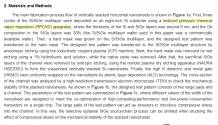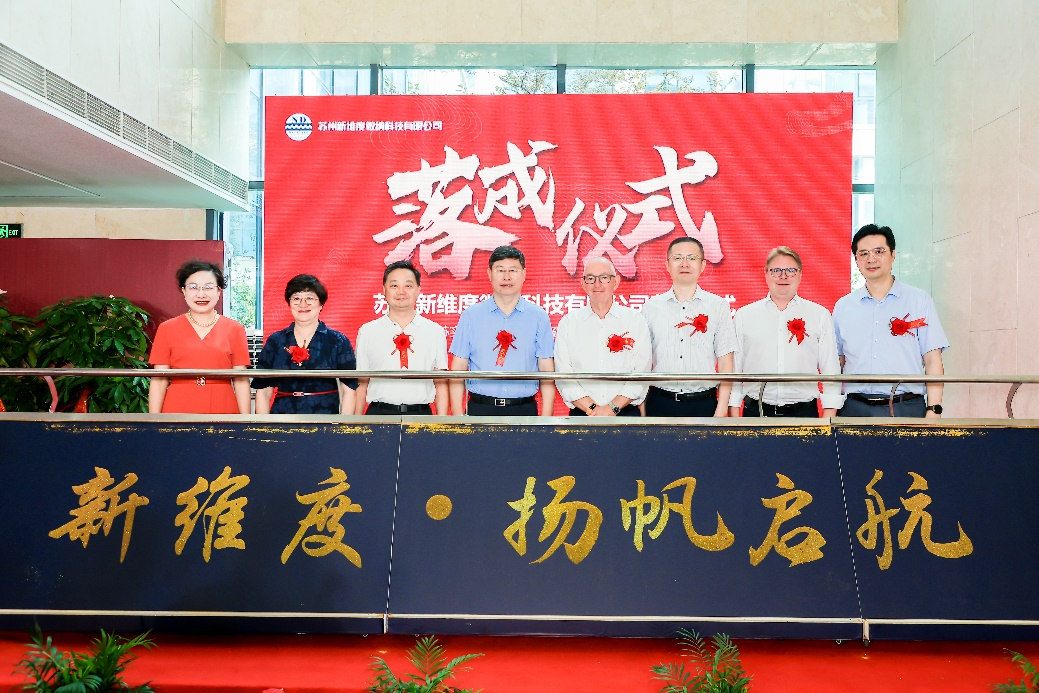Is complicated, you can write entire books about this sh*t. Will depend on the material, how the film will be deposit, the rate of deposition, the temperature required, the chamber pressure, the desirable thickness of the layer, for what process, how is going to be etched and so on.Since you know fair amount about these different kind of Deposition tools, can you elaborate on which kind of Deposition is used when? For example, I do know, MOCVD is used for LED Display but what about PVD, SACVD, PECVD, WCVD, ALD and the rest?
PVD includes sputtering, thermal deposition and other methods that physically transfer material from a source to a substrate, mainly good for coating metals and certain compounds like nitrides. Very high temperature and require very high vacuum.
CVD use chemical reactions to deposit a thin film in the substrate.
PECVD is just using plasma to excite the gas molecules to enhanced the reaction, I think is mostly use when you want to deposit materials without rising too much the temperature. Dielectrics like SIO2
SACVD is more use in high temp and pressure applications. I think offer higher rate of deposition.
W-CVD the W stand for tungsten, depositing tungsten using the chemical reaction of a tungsten compound gas.
ALD is chemical deposition but depositing an atomic thick layers, you can deposit atomic thin layers of metals, oxides and so on depending on the technique plasma enhanced ALD or thermal ALD
then you have low preasure chemical deposition LPCVD
Epitaxial deposition to grow crystals structures in a substrate with minimal defects.
HDP-CVD high density plasma chemical deposition for thicker films at low temperatures.
Jiaxin Semiconductor wants to enter that field.
copper electroplating
For GAA transistors this paper cite the use of RPCVD.


